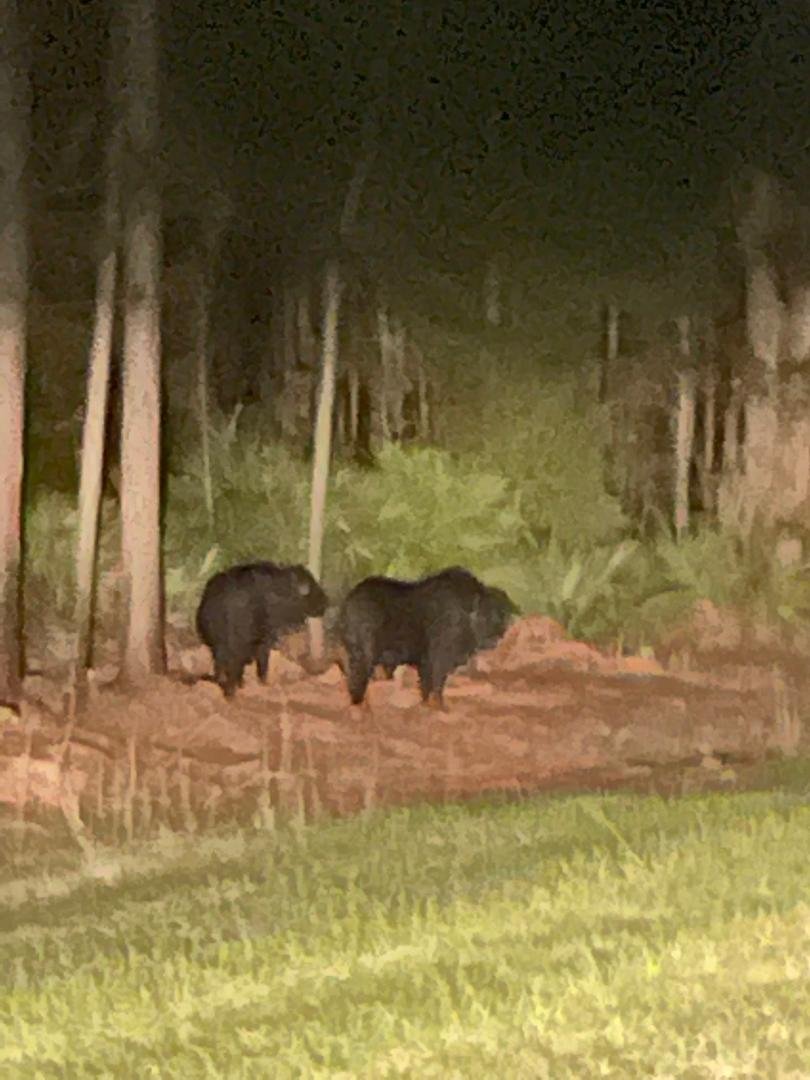Whitmarsh Tennant of Sapelo Island
The feral Cattle of Sapelo are strikingly similar to cattle of Auroch breeding programs in Europe
The Aurochs of 1627
Herds of wild cattle roam freely and have for centuries on Sapelo island. This non-interference by man is unheard of anywhere else in the world simply because beef is so highly valued. Universally when stray cattle are found they are brought into existing herds for domestication or slaughter. This is why feral cattle are so extraordinarily rare. The Sapelo Island GA-DNR Team recognizes their uniqueness and does a remarkable job with feral cattle conservation efforts.
With each new century on Sapelo additional cattle were inadvertently released into the forests, savannahs and salt marshes, where they added to the numbers and reduced genetic drift. But remarkably the last infusion of breeding stock brought to the island was over 75 years ago, so it’s now likely a beneficial allele is repeatedly occurring. Their robust and aggressive existence suggests a “natural selection”, a genetic variant enhancing an adaptation for superior survival and reproduction. Perhaps these large feral cattle are the closest comparison to the ancient Auroch species that went extinct nearly 400 years ago.
Over many years the cattle industry has genetically selected their breeding stock for maximum and immediate profitability with little thought towards crucial evolutionary development. In doing so, they have inadvertently limited natural genetic diversity and deviance by creating hybrids. Cattle breeders around the world have manufactured species of bovine that would not have existed, nor was intended to exist, through natural selection. Natural selection that exists in wild animals, through the intended course of evolution, facilitates the development of disease resilience and infection tolerance. Future research and breeding programs should be dedicated to breeding disease resilient and infection tolerant livestock by empowering feral programs.
We are dedicated to studying and documenting the wild cattle herds of Sapelo for future feral studies. We hope to be the catalyst in promoting domestication reversal programs for research around the world. We expect to learn what inherent survival adaptions and abilities have been lost through domestication of the bovine, and help to advance other feral projects.
Wild Cattle of Sapelo
The Rewilding of Europe Programme
STAFFAN WIDSTRAND/REWILDING EUROPE
“Aurochs are the ancestors of all cattle in the world today and the keystone species for many European ecosystems. They were hunted to extinction until the last known of its kind was documented in 1627. However, its DNA is still alive and distributed among a number of the ancient original cattle breeds. Rewilding Europe’s “Tauros Programme” aims to bring back the aurochs as a functional wild animal, by back-breeding the closest relatives of the original aurochs.” It is possible Sapelo’s feral cattle contain a heightened strain of this rare DNA.







